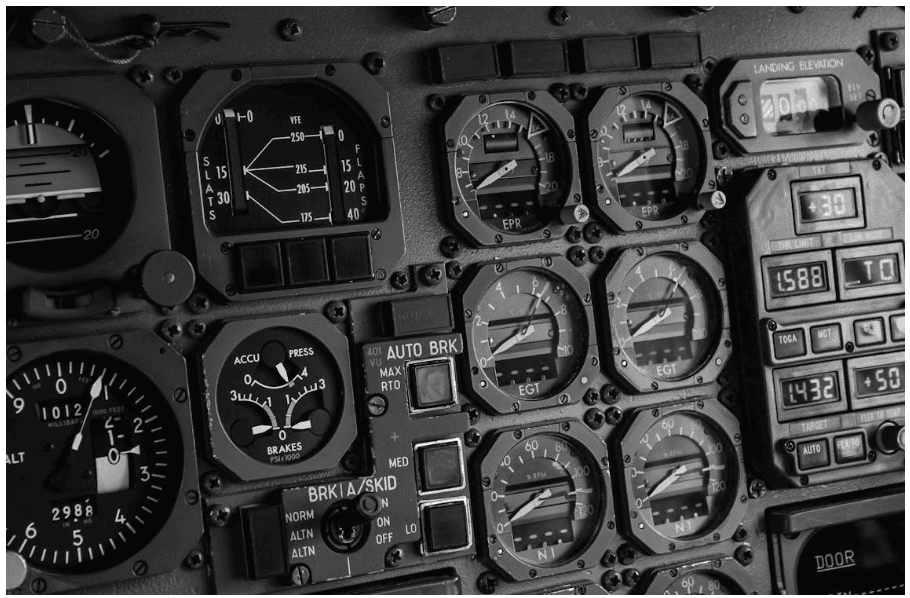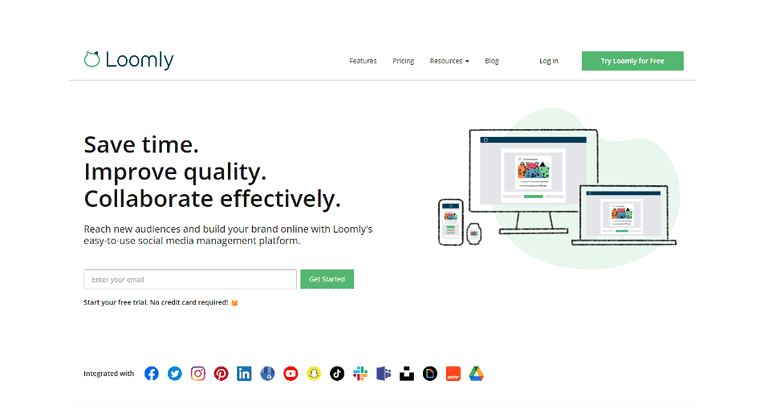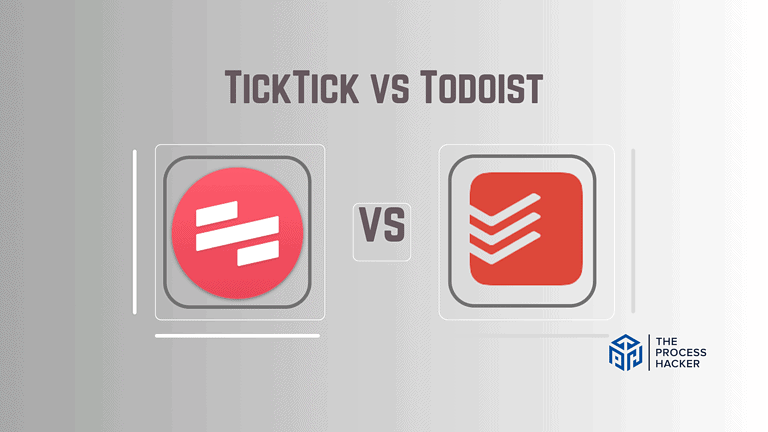Aviation Software Development: Must-Have Features
In today’s fast-paced and increasingly competitive aviation industry, staying ahead of the curve is crucial.
As business leaders in aviation, you understand the importance of utilizing the latest technology to streamline business operations, improve operational efficiency, and enhance the overall customer experience.
Aviation software development is one key tool for achieving these goals. For example, airline reservation software development focuses on integrating custom solutions with various ticketing channels and pricing algorithms to optimize travel bookings and increase customer support efficiency.
In this article, we will explore the key features in aviation software development that are essential for maximizing productivity, optimizing performance, and, ultimately, propelling your business to new heights. From advanced data analysis capabilities to real-time communication tools, we will explore how innovative software solutions can revolutionize how you operate in this dynamic industry.
So, let’s uncover the transformative power of aviation software development!
What Are Aviation Software Solutions?
Aviation software refers to programs designed to support various processes involved in the aviation industry. These applications are specially developed to enhance the efficiency and safety of flight operations.
Aviation software development involves creating customized software applications that cater to the specific needs of pilots, airlines, aircraft manufacturers, and other stakeholders involved in the aviation industry. These software solutions cover a wide range of functions, such as flight planning, navigation, weather forecasting, maintenance tracking, and safety management.
Additionally, managing passenger logistics is crucial for addressing issues related to aircraft scheduling, crew tracking, and overall crew management processes. Effective software solutions ensure that all team members are on track.
Considering the critical nature of aviation operations, the software has to be highly reliable, secure, and scalable to meet the industry’s demands. As a result, aviation software development is a complex and highly technical process that requires extensive expertise and experience.
Why is Aviation Software Development Important?
The airline business is developing extremely fast; therefore, striving to improve productivity and efficiency is very important. Technology has significantly transformed the business world, and the airline sector is no exception in adopting it.
The use of aviation software has dramatically benefitted the industry. It improved operations, reduced strain, increased accuracy, and saved time. To provide excellent value and service to customers, there are some key features that your aviation software should have.
Additionally, crew management software and systems are essential to effectively manage crew members, aircraft, flight schedules, and passenger logistics.
Let’s dig deeper so that you get an idea of the key components of aviation software in depth.
What are the Key Features in Aviation Software Development?
In this section, we’ll list the essential features that your aviation software must have:
Managing passenger logistics, crew tracking, and aircraft scheduling can be challenging, but custom software solutions can help address these issues effectively.
#1) Automatic Tracking and Scheduling
Let’s start with the basics — automatic tracking and scheduling will be a huge benefit for companies operating in the aviation sector. Aviation software development services give their customers more usability by including auto-tracking and scheduling functions in their software.
Programs with these features may automatically plan aircraft maintenance and repairs, monitor and manage inventory levels, send out buy reminders, and assist aviation companies in streamlining their operations.
#2) Using AI for Error-Free Data
Custom software in aviation increases data accuracy. Randon mistakes may cost a lot. We are all busy, tired, and overwhelmed by our everyday tasks. Therefore, the more automated procedures are, the higher the outcomes and data accuracy.
It can determine whether the value or choice entered is suitable for the scenario. While manually entering data into a spreadsheet or completing a printed form, a little inaccuracy may have far-reaching consequences in the aviation industry. Illegible handwritten documentation and scribbled notes may result in hundreds of mistakes and miscommunications, which we all wish to avoid.
These AI solutions are causing significant changes in various sectors, including AI-powered virtual assistants. Airlines are using AI virtual assistants as part of customized software solutions to enhance customer service.
More precisely, AI-powered virtual assistants aid airlines in increasing pilot productivity by automating tedious tasks like reading weather predictions, changing channels, and providing data on request. Most tasks can be done by AI, freeing pilots to concentrate on their primary responsibilities. Virtual assistants can also aid travelers in arranging and planning more efficient travel.
#3) Aerial Inspection
Custom aviation software enables aircraft and engine health monitoring by modifying the back-end code (EHM). Predictive maintenance is necessary even before a component fails or is damaged, allowing for faster repairs and less downtime, hence saving money and resources.
Aircraft health monitoring enhances airline processes, allowing quicker and more exact data processing. Combining it with AI may lead to massive savings and flawless everyday operations.
Airlines may use natural language processing to analyze thousands of maintenance records to identify issues and provide tailored solutions. This saves money for airlines, stores real-time data for repairs, and ensures passenger safety.
Any problems with the aircraft may be solved before the trip, which is critical. Finally, there will be no more runway delays when refueling or repairing an airplane. This is excellent news for everyone since firms minimize passenger delays caused by problems.
#4) Air Aviation Stock Control
Every aircraft manufacturer and supplier understands the industry’s size and complexity. One thing is to understand the business environment. However, knowing how to improve inventory management, strengthen supply networks, and prepare for unanticipated threats requires time and effort.
This digital aircraft inventory management software provides the following:
- Unlimited resources and products;
- Real-time inventory monitoring;
- Searching for inventory at any moment
- Setting up low-stock alarms;
- Reordering ideas to keep up with the flow of Automated purchasing.
Many aviation businesses and suppliers want to use a single system to manage several physical and/or virtual storage locations. A single system might concentrate control, while other components of aviation software focus on reducing human error.
#5) Real-Time Data
Ensure that all data is automatically updated in real-time. It will keep all stakeholders informed of whatever is happening. This feature is essential for accurate inventory management and decision-making.
Within robust digital aircraft inventory management software, all data should be automatically updated in real-time. This means that you can always have an accurate and up-to-date view of your inventory levels, allowing for more informed decision-making. No longer will you have to rely on outdated or manually entered data – the software takes care of it for you.
In addition, real-time data also allows for better monitoring of inventory levels and the ability to identify any discrepancies or issues immediately. This can help prevent stock shortages or overstocking, saving time and money in the long run.
Overall, having access to real-time data guarantees that the aviation company’s information is up to date and that stakeholders may access it from any device anywhere in the globe.
#6) Recovery Procedures
The software must have a recovery mechanism that is connected to other systems in the aviation company. The software must communicate with each airplane’s black box and provide information about all safety measures.
In case of an emergency, the software can quickly retrieve data and provide crucial information to help determine the cause of the incident. This feature not only ensures safety but also aids in identifying any potential issues with the aircraft or procedures.
The recovery procedures must be regularly tested and updated to ensure their effectiveness. The software should also have a backup system in place, allowing for quick retrieval of data in case of any technical failures or malfunctions.
Furthermore, the software must have a secure backup system for all collected data. This is important as it ensures that no information is lost due to technical issues or cyber-attacks. With regular backups and security measures in place, the aviation company can rest assured that its critical data is protected and easily accessible when needed.
Key Considerations for the Aviation Software Development Process
The aviation software development lifecycle requires careful planning, thorough testing, and continuous updates to ensure its reliability and efficiency. Several key considerations must be considered by development services companies during the software design process.
#1) Regulatory Compliance
Firstly, the software must comply with all relevant regulations and standards set by governing bodies such as the Federal Aviation Administration (FAA), the European Aviation Safety Agency (EASA), or the Civil Aeronautics Board (CAB).
These regulations ensure that the software meets safety and data security requirements for use in the aviation industry. Non-compliance can result in severe consequences, including grounding of aircraft or legal action.
Developers must stay updated on any changes to regulations and incorporate them into the software development process.
#2) User-Friendliness
Secondly, user-friendliness is a crucial aspect of aviation software development. Pilots and other crew members rely heavily on these systems during flights, so they must be intuitive and easy to use.
This also includes providing clear instructions for operating the software and troubleshooting any potential issues. User testing and feedback are essential in ensuring a user-friendly experience.
#3) User Needs & Requirements
Aviation software, maintenance technicians, and air traffic controllers. Each user has specific needs and requirements that must be met for the software to be effective.
For example, pilots require easy-to-use interfaces with clear instructions and visual aids, while maintenance technicians need access to detailed technical manuals. Controllers need real-time information and communication capabilities for air traffic management.
Developers must understand these different user needs and requirements to design and customize a successful software system that caters to all users. This can be achieved through extensive research, interviews, and focus groups with potential users.
#4) Reliability and Performance
Reliability is crucial in aviation. A software system that is prone to crashes or errors can have severe consequences and put lives at risk. This is why developers must prioritize reliability and performance when designing aviation software.
Aviation software often operates in high-stress, time-sensitive situations, so it must handle large amounts of aircraft performance data quickly and accurately. It also needs to perform complex calculations and processes without any delays or errors.
To ensure this level of reliability and performance, developers rigorously test their software using various scenarios and simulate real-world conditions.
Final Thoughts on Software Development for the Aviation Industry
In conclusion, the aviation industry is constantly evolving, and with it comes a demand for sophisticated and efficient software systems to manage its various activities.
Today’s aircraft are more advanced than ever before, with a plethora of data and information to manage. It is essential for airlines and other players in the industry to invest in top-notch aviation software to provide their consumers with the best user experience possible.
From flight planning and scheduling to passenger check-in and baggage handling, these software solutions streamline operations and improve overall efficiency. As we have discussed, key elements such as automation, data integration, and mobile capabilities are crucial in ensuring a seamless experience for everyone involved in air travel – from airline staff to passengers.
With the increasing popularity of air travel and the constant need for more streamlined processes, investing in cutting-edge aviation custom software development is no longer an option but a necessity. By harnessing the power of technology, the aviation industry can continue to thrive while providing travelers with a memorable journey every time they take flight.
So next time you board a plane, remember that behind every smooth departure and arrival lies a complex yet sophisticated aviation software system working tirelessly to make your experience as seamless as possible.
As technology continues to advance rapidly, we can only imagine what exciting developments await us in the future of aviation software. The sky’s truly the limit!







